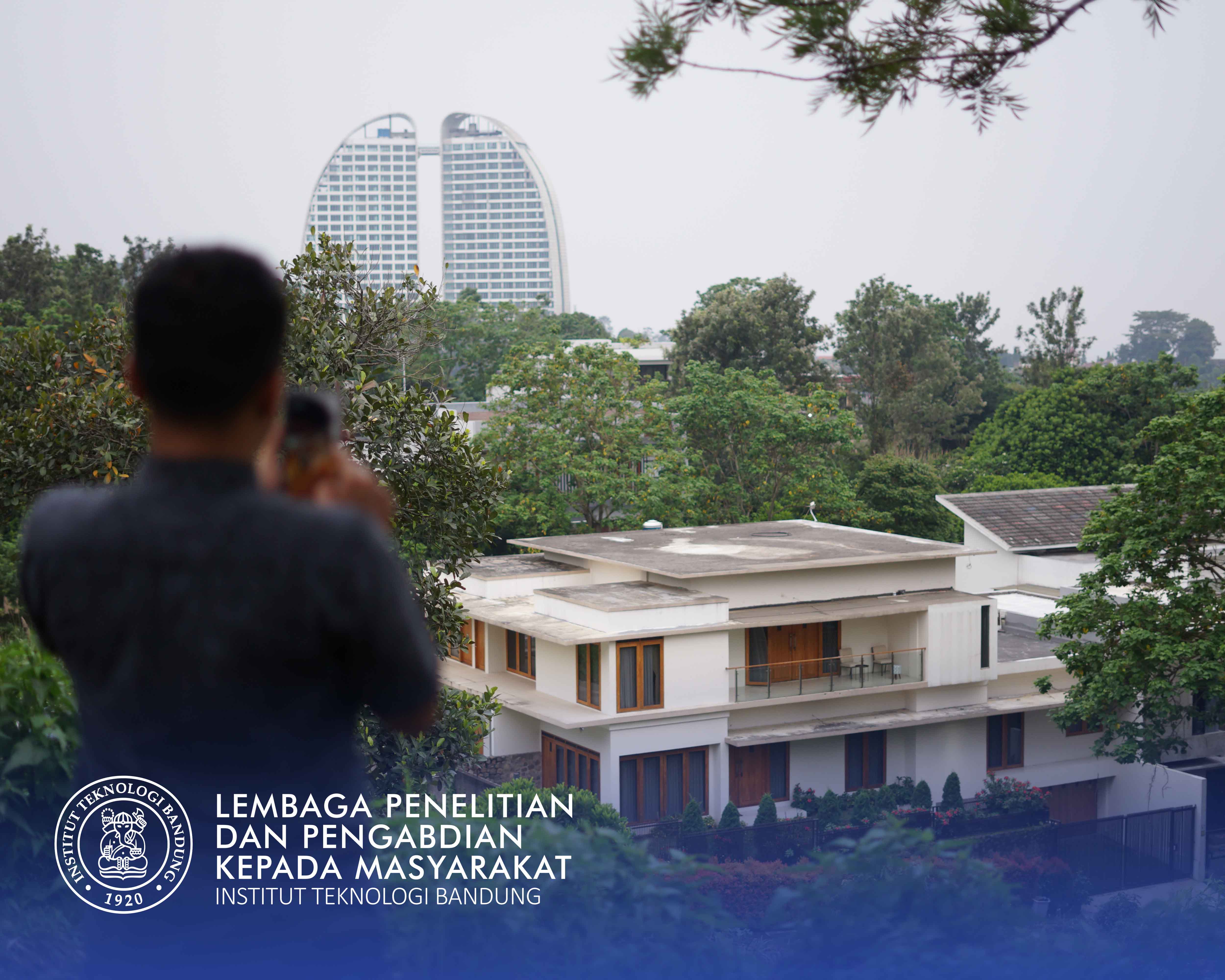

R. Budi Sulistijo
The geothermal pipelines, tea plantations and other agricultural land usually occupy steep terrain in Indonesia. Some large-scale landslide events have been identified in several locations. The landslide caused casualties and severe damage. The cost of the impact of landslides and repairs is very high. Landslide characteristics are weather products, pyroclastic rocks, changing materials, high rainfall intensity, and highlands. Landslide potential in this study is mainly triggered by the intensity of rainfall, highlands with steep slope locations, geological structures, and rock types. Fieldwork to get subsurface information in this study includes the use of air photos Drones, mapping of geological engineering, vibration monitoring, electrical prisoner tomography surveys, self-potential surveys, pumping tests and shallow drilling. Electrical prisoners are one of the geophysical techniques that use the variation of the resistivity value of electricity to determine the subject matter. Geological engineering results show general condition of lateral rocks Distribution, springs, sediment, sponge distribution of stones and caves. Long landslides are clearly identified in the study area. Drilling and cone penetration tests can be done around potential Landslide area. The survey only provides geotechnical data from potential landslide materials. Data drill holes and CPT can be combined with geophysical data to get a better surface interpretation. Better Surface Interpretation Based on the Electrical Resistivity Tomography method, especially the potential for shear fields is very useful information for planning mitigation activities. Some methods of stabilization of slopes and monitoring programs around the landslide potential area can be applied.
Application of appropriate technology
-